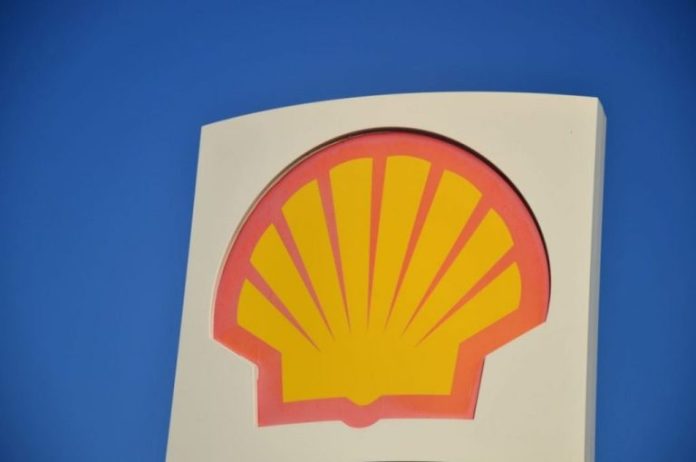This story requires a subscription
This includes a single user license.
The UK-based firm said its adjusted earnings reached $6.29 billion in the second quarter, compared to $5.07 billion in the comparable quarter last year.
Adjusted earnings dropped 19 percent compared to $7.73 billion in the prior quarter.
Income attributable to Shell shareholders reached about $3.52 billion, a rise compared to $3.13 billion in Q2 2023 and a 52 percent decrease compared to just $7.36 million in the prior quarter.
Compared with the first quarter 2024, income attributable to Shell shareholders reflected lower LNG trading and optimization margins, lower refining margins, lower margins from crude and oil products trading and optimization, and lower integrated gas and upstream volumes, Shell said.
It also included net impairment charges and reversals, and reclassifications from equity to profit and loss of cumulative currency translation differences related to funding structures.
Shell said these items are included in identified items amounting to a net loss of $2.7 billion in the quarter.
Cash flow from operating activities for the second quarter was $13.5 billion.
CEO Wael Sawan said Shell “delivered another strong quarter of operational and financial results”.
“We further strengthened our leading LNG portfolio, and made good progress across our Capital Markets Day 2023 financial targets, including $1.7 billion of structural cost reductions since 2022. Today, we have also announced a further $3.5 billion buyback program for the next three months,” he said.
LNG sales up
The company sold 16.41 million tonnes of LNG in the April-June period, a rise compared to 16.03 million tonnes in the same period last year.
LNG sales dropped 3 percent compared to 16.87 million tonnes in the prior quarter.
Shell sold 33.28 million tonnes of LNG during the first half of this year, a rise of 1 percent compared to 33 million tonnes in 2023.
Liquefaction volumes decreased to 6.95 million tonnes in the second quarter this year compared to 7.17 million tonnes in the comparable quarter and 7.58 million tonnes in the prior quarter.
Shell said liquefaction volumes decreased 8 percent compared to the previous quarter mainly due to higher maintenance.
During the January-June period, liquefaction volumes rose 1 percent to 14.53 million tonnes mainly due to lower unplanned maintenance in Australia, Shell said.
Shell expects liquefaction volumes to reach about 6.8 – 7.4 million tonnes in the the third quarter of 2024 and the outlook reflects scheduled maintenance across the portfolio
Shell’s total oil and gas production decreased to 980,000 barrels of oil equivalent per day in the second quarter compared to 985,000 barrels of oil equivalent per day in the second quarter last year and also compared to 992,000 barrels of oil equivalent per day in the prior quarter.
Compared with the first quarter 2024, oil and gas production decreased by 1 percent mainly due to higher maintenance, partly offset by production-sharing contract effects, Shell said.
Integrated gas earnings
The company’s integrated gas segment reported adjusted earnings of about $2.67 billion in the second quarter.
This compares to $2.50 billion in the same period a year ago and $3.68 billion in the prior quarter.
Segment earnings of $2.45 billion rose compared to $757 million in the same quarter in 2023, but were down from $1.76 billion in the prior quarter.
Compared with the prior quarter, segment earnings reflected the combined effect of lower contributions from trading and optimization due to seasonality and realized prices (decrease of $531 million), lower volumes (decrease of $209 million), and unfavorable deferred tax movements ($149 million), Shell said.
Shell announced last month that it was expecting trading and optimization results for its integrated gas business in the second quarter of this year to be in line compared to the same quarter last year.
However, the results will be lower compared to the first quarter of this year “due to seasonality”, Shell said.

